Keir Leslie – 10 July, 2015
These components were all engaged in an interlinked system. The system was hard to grasp at first. But over time it could be puzzled out - the lights went out because the circuit they made up was shorted regularly, in a pattern tied to the sensor in the room with the buckets. (The circuit breaking process was harsh and cartoonish in its absurd, repetitive blacking out of a room tied to an over-exaggerated, amplified shorting noise.) The monitor showed a live feed from the camera.
Sean Kerr‘s practice aspires to the crude, the dumb, and the anarchic, but at the same time it is grounded in highly sophisticated systems of making meaning and understandings.
North occupies half of a large, old house, and consequently the layout of the spaces is illogical and hard to knit into a coherent, grasped whole. A vestibule opens into a larger space containing an old, defunct fireplace. One hall runs off to the left to a small room, while another hall opposite the entrance runs to a dead end at the back of the building, with another small room lying to the left of the hall.
In the room containing the fireplace, Kerr placed an old beige television monitor. This monitor received the output piped from a video camera in the small room entered through the hall that lay behind the monitor. A mess of meandering cables lead from monitor to camera, while another mess of cables emerged from the room containing the camera and ran through to the far hall, turning and disappearing into the back room. In the back room the fluorescents flickered off at irregular intervals, accompanied by an over-exaggerated buzzing noise like an electrical circuit shorting.
In the small room, there was a bucket on a ladder from which descended a hose which dripped into one of the two buckets underneath the ladder, A sensor, similar to that used to trigger automatic doors, or perhaps to measure museum attendances, was placed on the floor. Clumps of cables and wires ran between electronic componentry. One set of wires ran into the valve controlling the drip of water from the hose into the lower buckets,
These components were all engaged in an interlinked system. The system was hard to grasp at first. But over time it could be puzzled out - the lights went out because the circuit they made up was shorted regularly, in a pattern tied to the sensor in the room with the buckets. (The circuit breaking process was harsh and cartoonish in its absurd, repetitive blacking out of a room tied to an over-exaggerated, amplified shorting noise.) The monitor showed a live feed from the camera. In order to work out these systems, it helped to have a partner with you, as the inputs and outputs were often split between rooms. It was, therefore, hard (if not impossible) to understand the system on your own. The only way to grasp the whole was to collaboratively build up an understanding over time, through a human process of trial and error: walk back and forth so that the lights went out, and your friend could see your feet on the monitor.
a Loop is a Loop, despite sharing a Heath Robinson contraption sensibility, differed from, say, the Fischli/Weiss film The Way Things Go by an insistence on the role of the human not just in activating but in maintaining and comprehending the systems that constitute the art work. There were references to Chris Burden‘s early performative works - the looped buckets called up Burden’s Five Day Locker Piece, while the running of electrical wire through and around buckets of water recaled Prelude to 220, or 110, where Burden was shackled with copper manacles to a concrete floor next to two buckets of water holding electrical wiring carrying 110 volts. These quotations reiterated the importance of the bodily experience when approaching Kerr’s work, playing between the directly physical and abstractly referential.
Keir Leslie
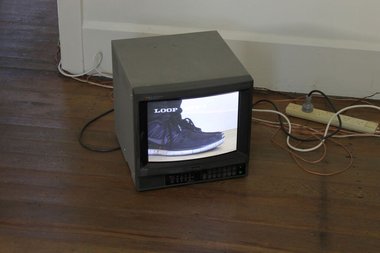
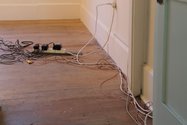

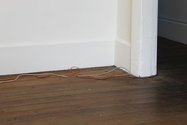
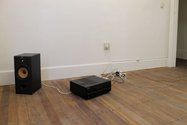
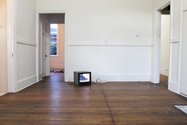
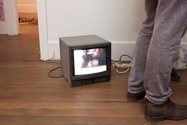
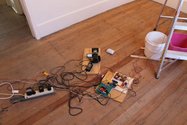
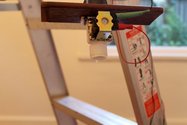
 Two Rooms presents a program of residencies and projects
Two Rooms presents a program of residencies and projects Advertising in this column
Advertising in this column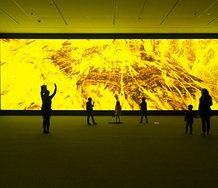
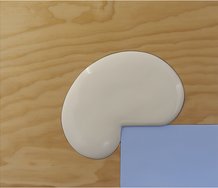
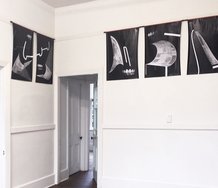
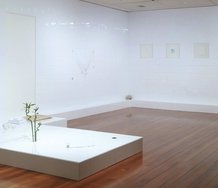
This Discussion has 0 comments.
Comment
Participate
Register to Participate.
Sign in
Sign in to an existing account.